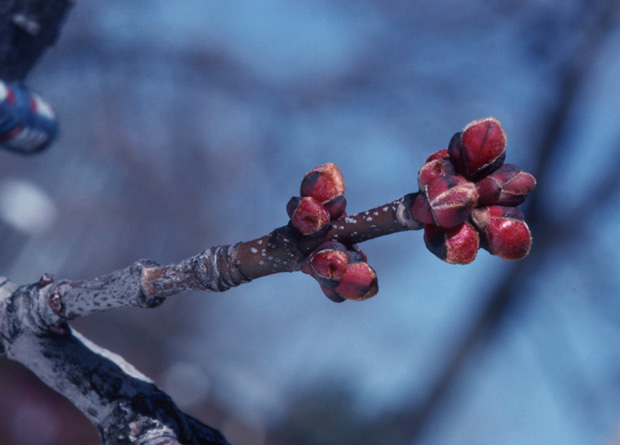A compound individual
Some trees that grow in particularly harsh conditions produce cluster buds; where one bud would be expected, there are several. This is the redundancy principle at work: if one bud succumbs to environment hazards (cold, drought, grazing animals), the others pick up the slack.
Some buds may undergo genetic mutations caused by their environment – the sun’s rays, for example. The tree rids itself of most of these, as they are harmful, but those that are either harmless or beneficial remain. Eventually, a great many buds, flowers and branches are mutants. You can think of a tree as a plant Frankenstein, a collection of mutants rather than as an individual with a unique genetic makeup!

© Jardin botanique de Montréal (Richard Lavertue)
In fighting harmful parasites, such mutations provide an additional means for the tree to diversify its genetic makeup. Just think about it: during just one tree generation, insects and fungi have hundreds, if not thousands, of generations in which to overcome the trees' defences.




